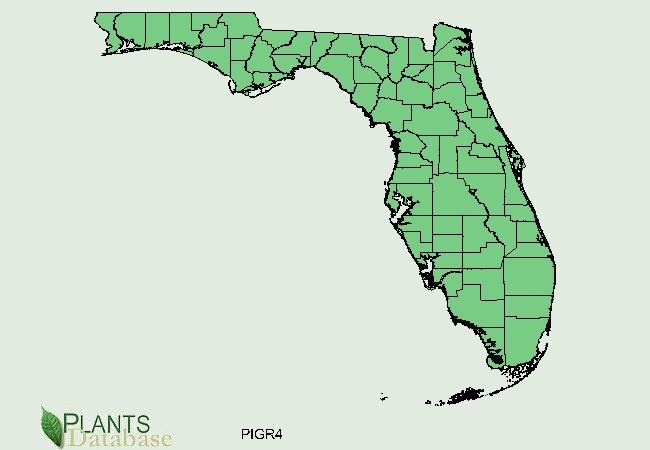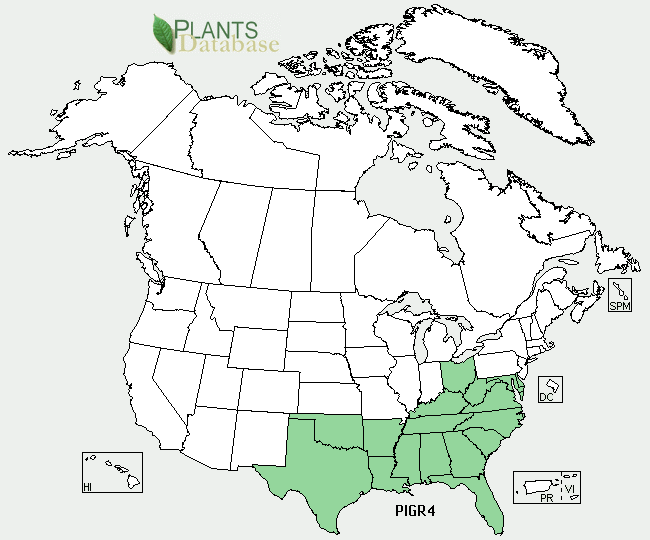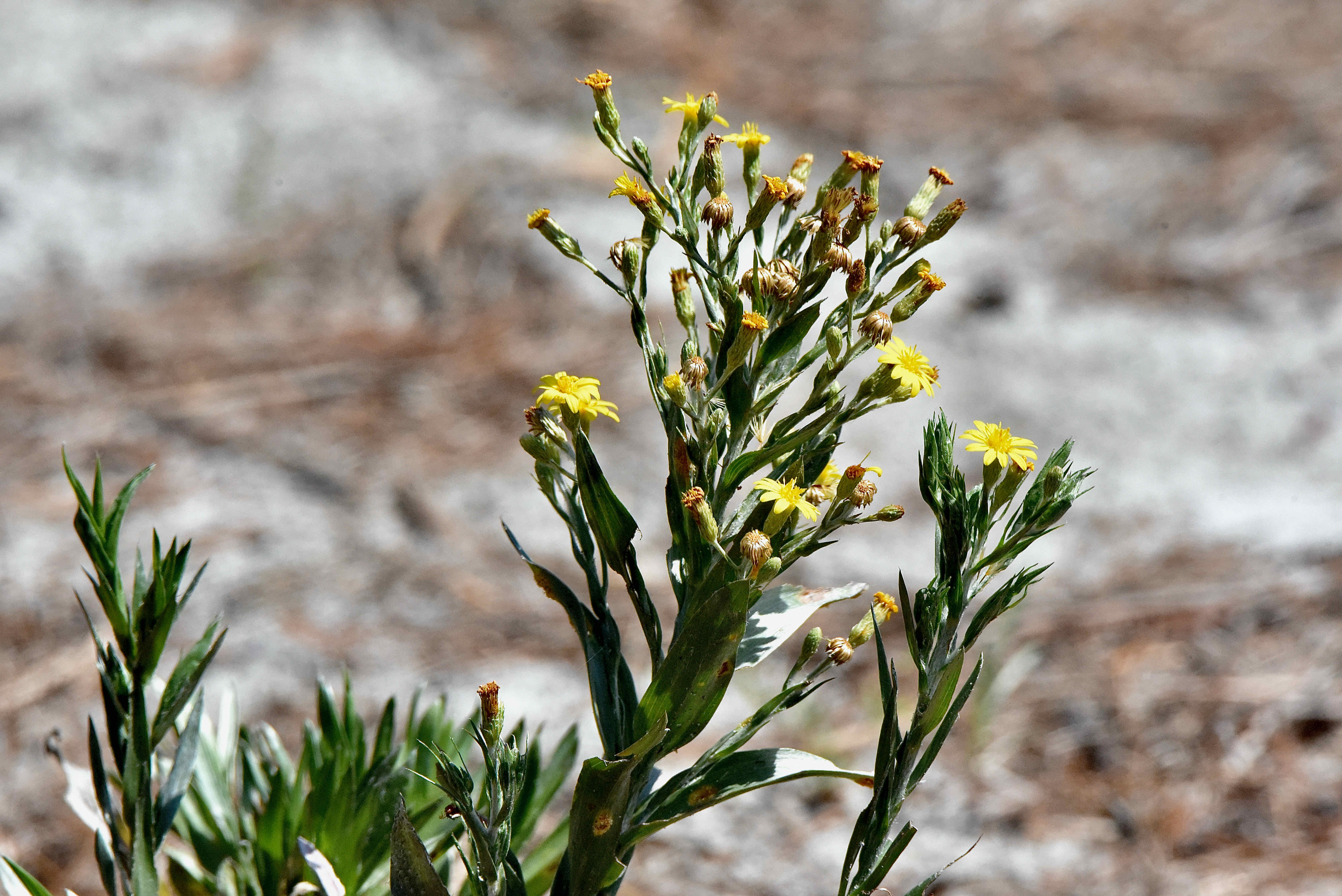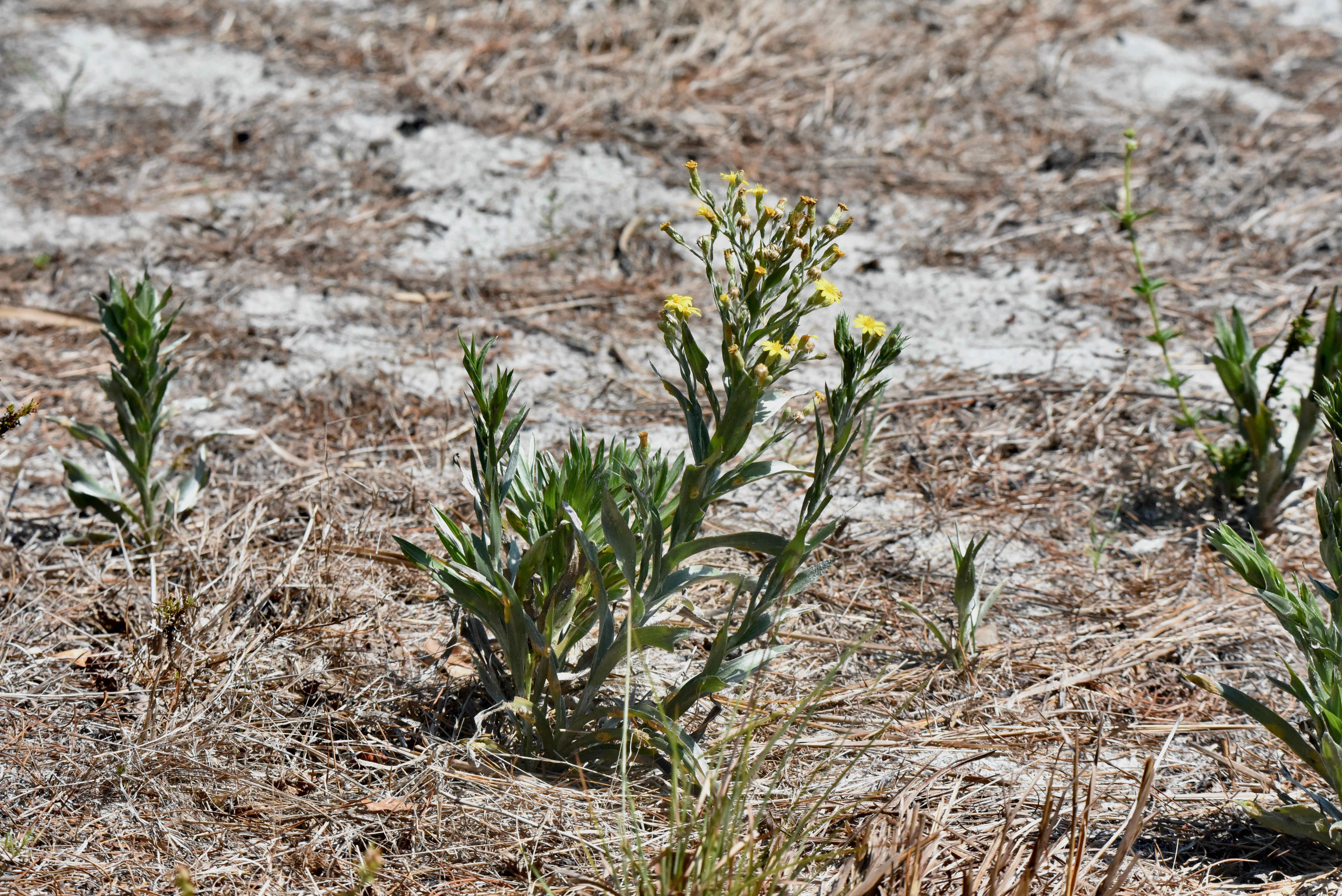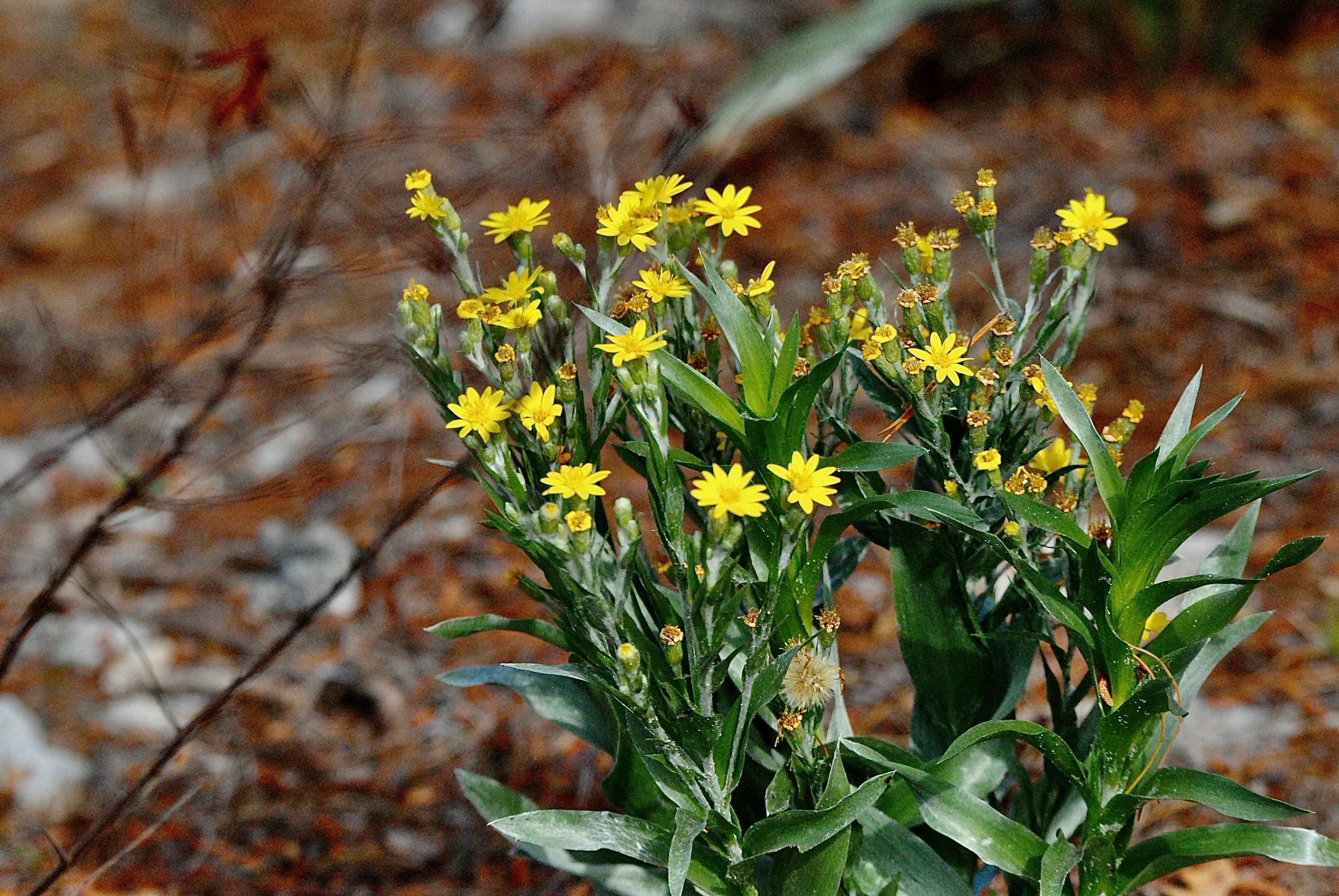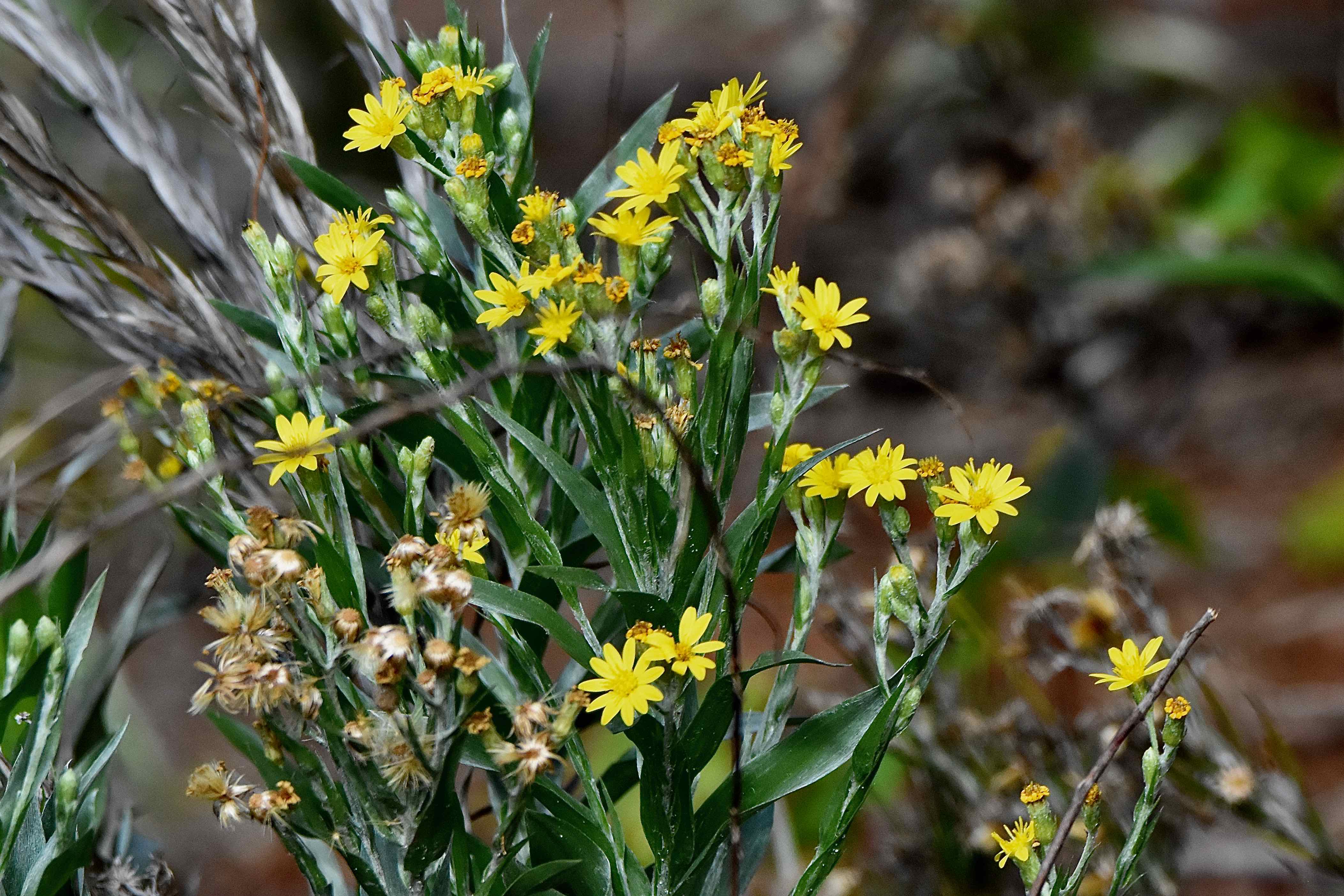
Narrowleaf silkgrass, photographed at Yamato Scrub Natural Area, Boca Raton, Palm Beach County, in March 2017.
Any open space in Florida that is on the dry side, you're likely find this plant: narrowleaf silkgrass, Pityopsis graminifolia.
It's among the most common wildflowers in the Sunshine State, found in all 67 counties. And given its good looks, that's a good thing.
The name of the plant is pretty descriptive. Narrowleaf silkgrass has long, grass-like thin leaves covered with fine, silky hairs that also grow on the stems. When the plant first emerges it looks just like grass. The hairs also give narrowleaf silkgrass a silvery look, inspiring the names of some of its cultivated varieties, like Tracy's silver-leafed aster.
Narrowleaf silkgrass can be found growing as far north as Ohio (two counties along the Ohio River), east to Maryland and as far west as Texas. It's also found in the northern Bahamas, the only place outside the continental United States where it is a native.
Leaves can be as long as a foot at the base of the plant, but they become progressively shorter higher on the stem. Narrowleaf can reach three feet tall (the plants we've seen have been much shorter) and spread just as much. It can form into large colonies via underground stems called rhizomes but it doesn't displace other species.
Narrowleaf silkgrass blooms spring to fall, but in South Florida, it can produce flowers late into the year — we've seen them in January and February. The flowers give way to whispy seeds (see the photo above) designed to be dispersed by wind as far as two hundred yards away from their parent.
It is an extremely tough plant, drought tolerant, takes full sun and grows in nutrient-poor, well-drained soils. What it can't take is too much kindness — rich soils and lots of water will kill it.
Narrowleaf silkgrass's extensive root system plays an important role in holding sandy soils together and makes the plant useful as a groundcover. Some varieties can even be mowed. Its drought tolerance makes it useful in xeriscaping, landscaping that requires minimal watering. The flowers attract butterflies and bees. Both cattle and wildlife will graze on it. Gardeners also use it in rock gardens and natural settings.
Both the Creek and Seminole tribes used narrowleaf silkgrass as a medicine to break fevers. The Seminoles also used narrowleaf silkgrass as a cough medicine and for colds, and as a childbirth medicine. The Choctaw would burn the plant and use the ashes to treat mouth sores.
Fun fact: According to the United States Department of Agriculture, there are 642,900 narrowleaf silkgrass seeds per pound.
Narrowleaf silkgrass is a member of Asteraceae, the aster family, which includes sunflowers and dandelions. Other common names include: shinners, grassleaf golden aster, grass-leaved golden aster, silkgrass and silverleaved aster.
Photo Gallery — Click on photo for larger image
U.S. Department of Agriculture Distribution Maps
